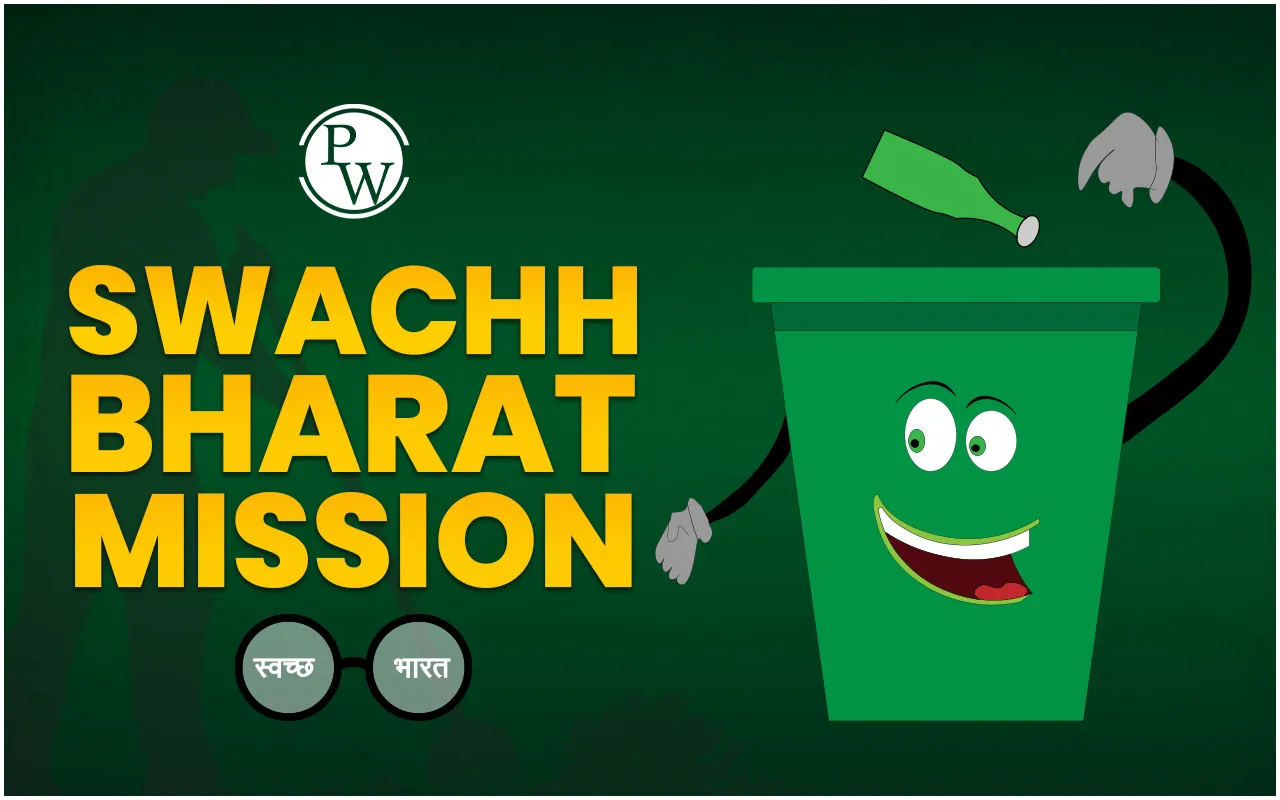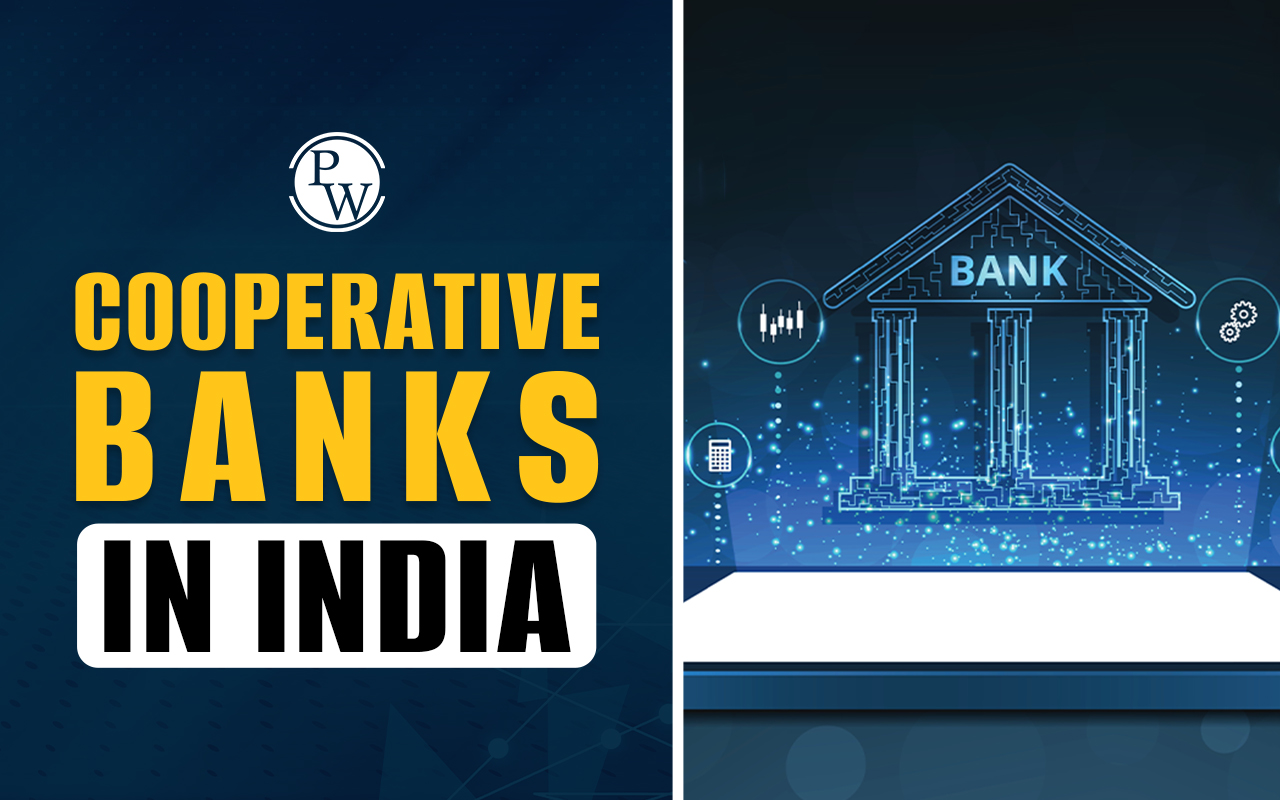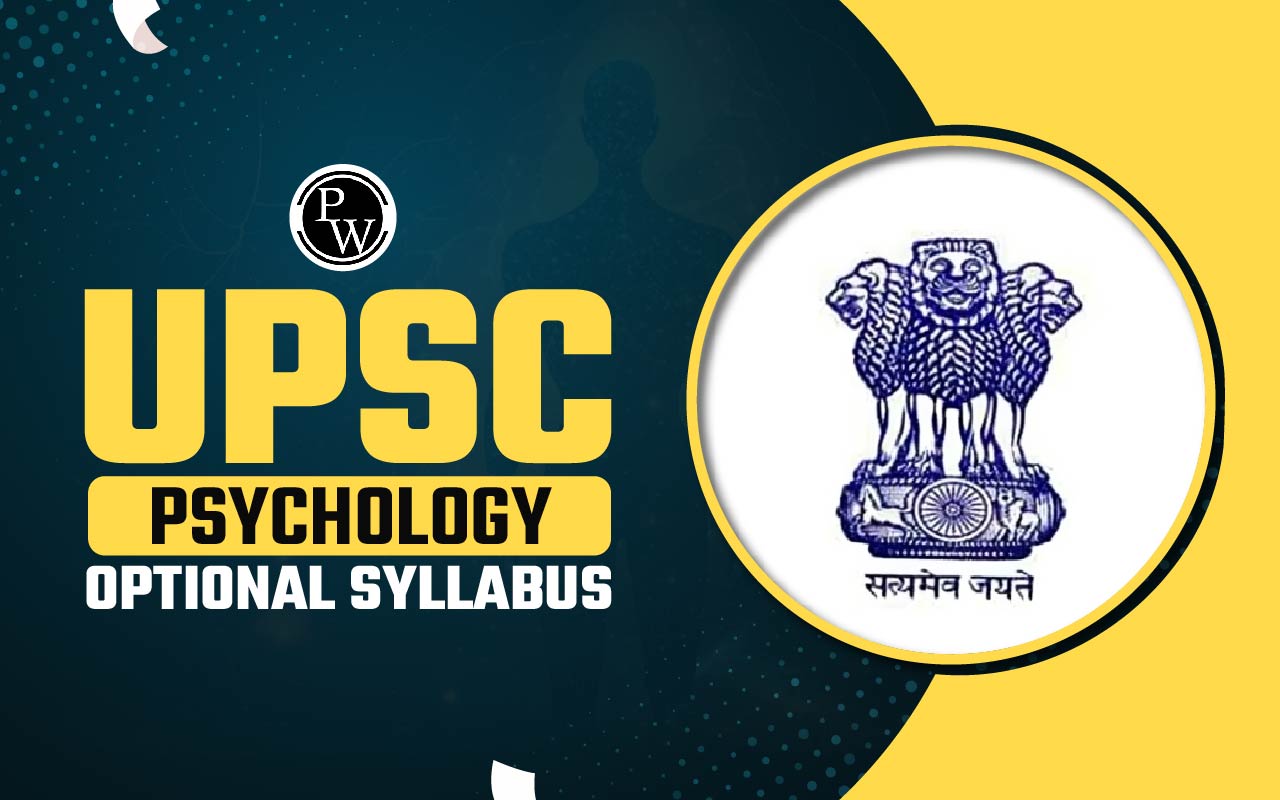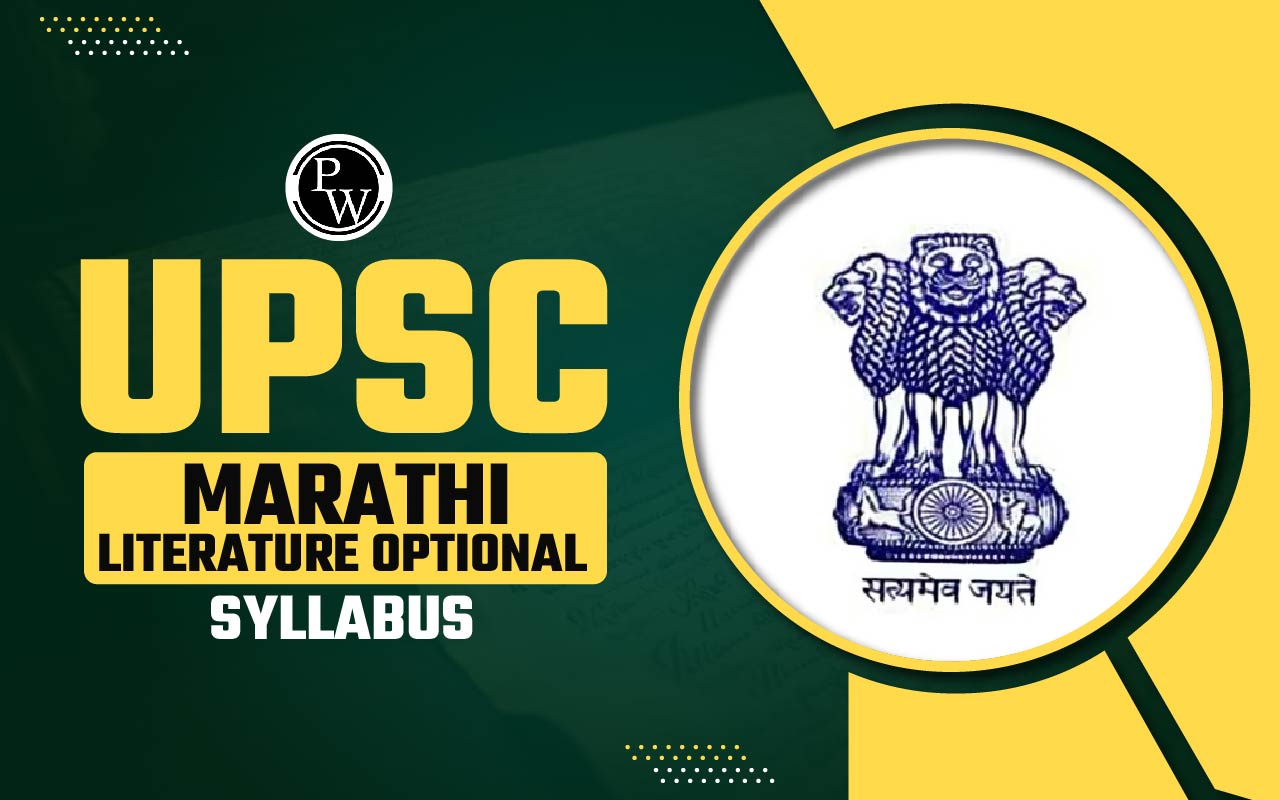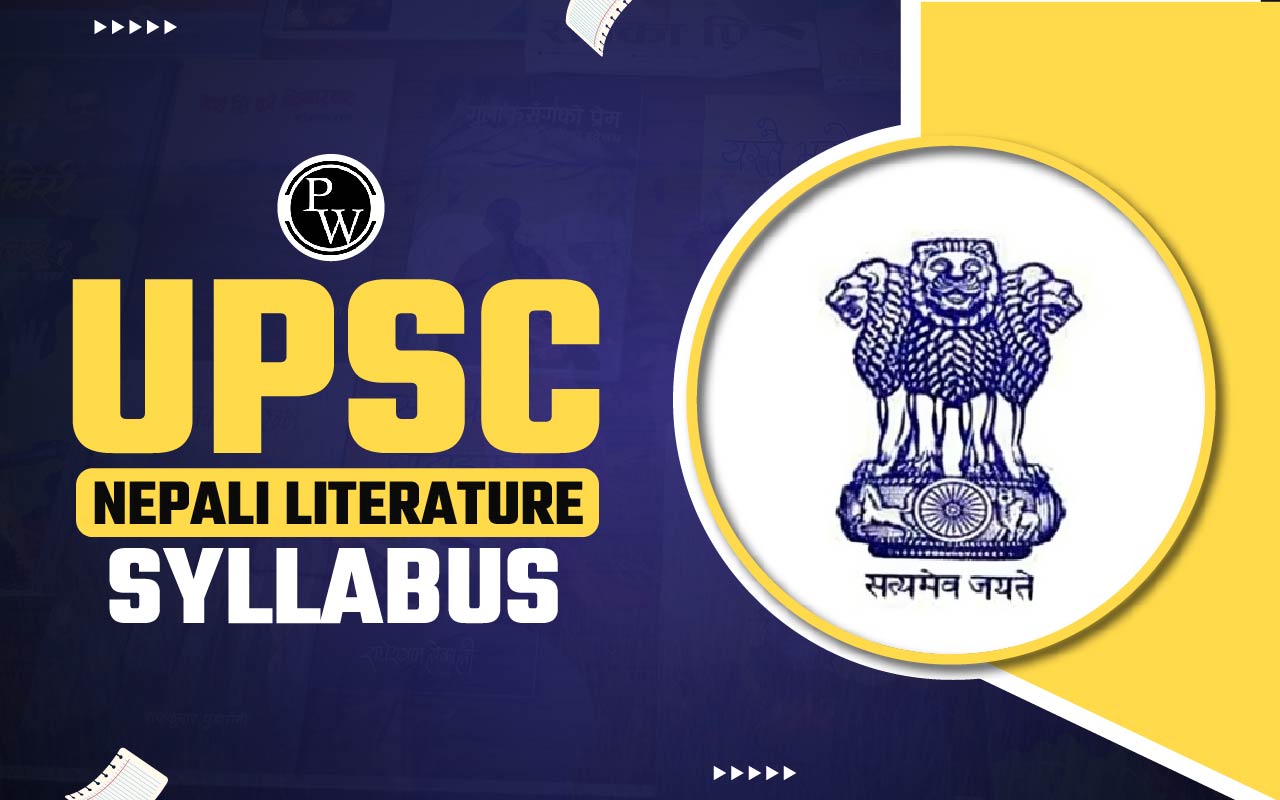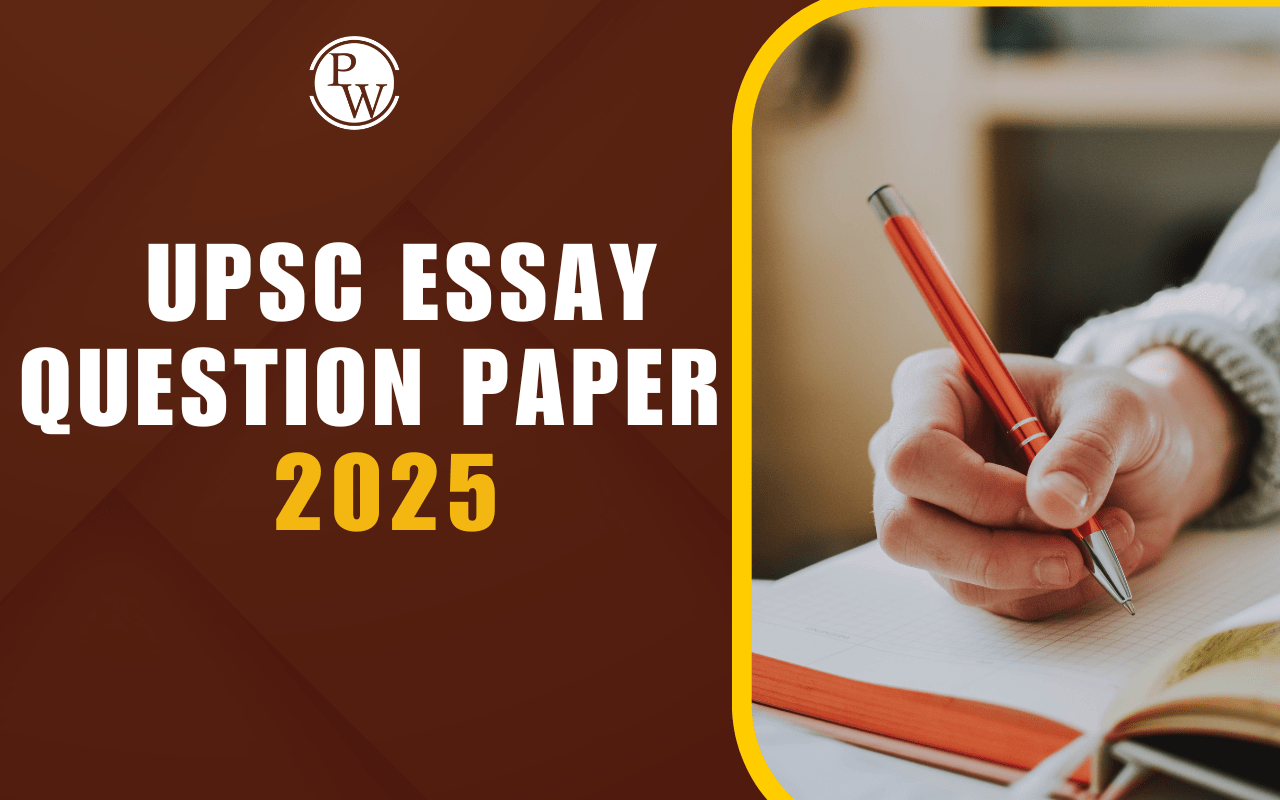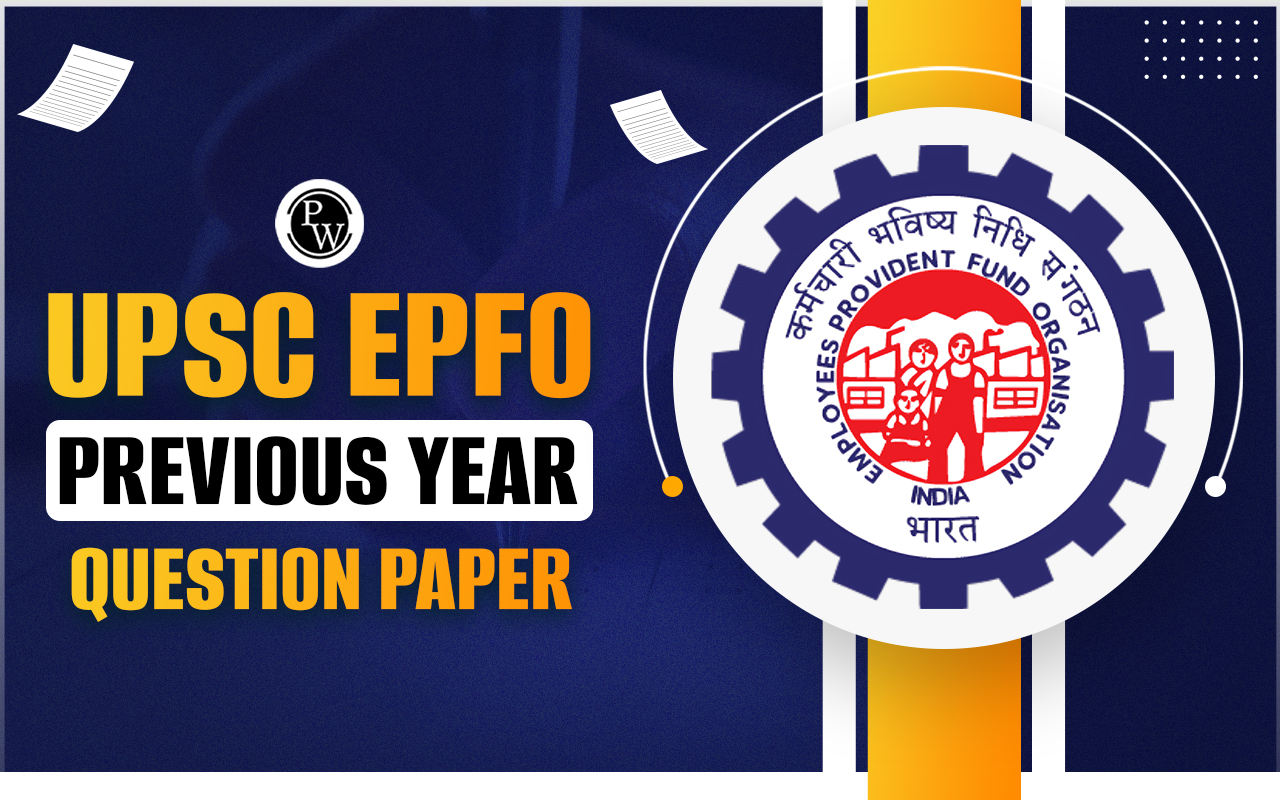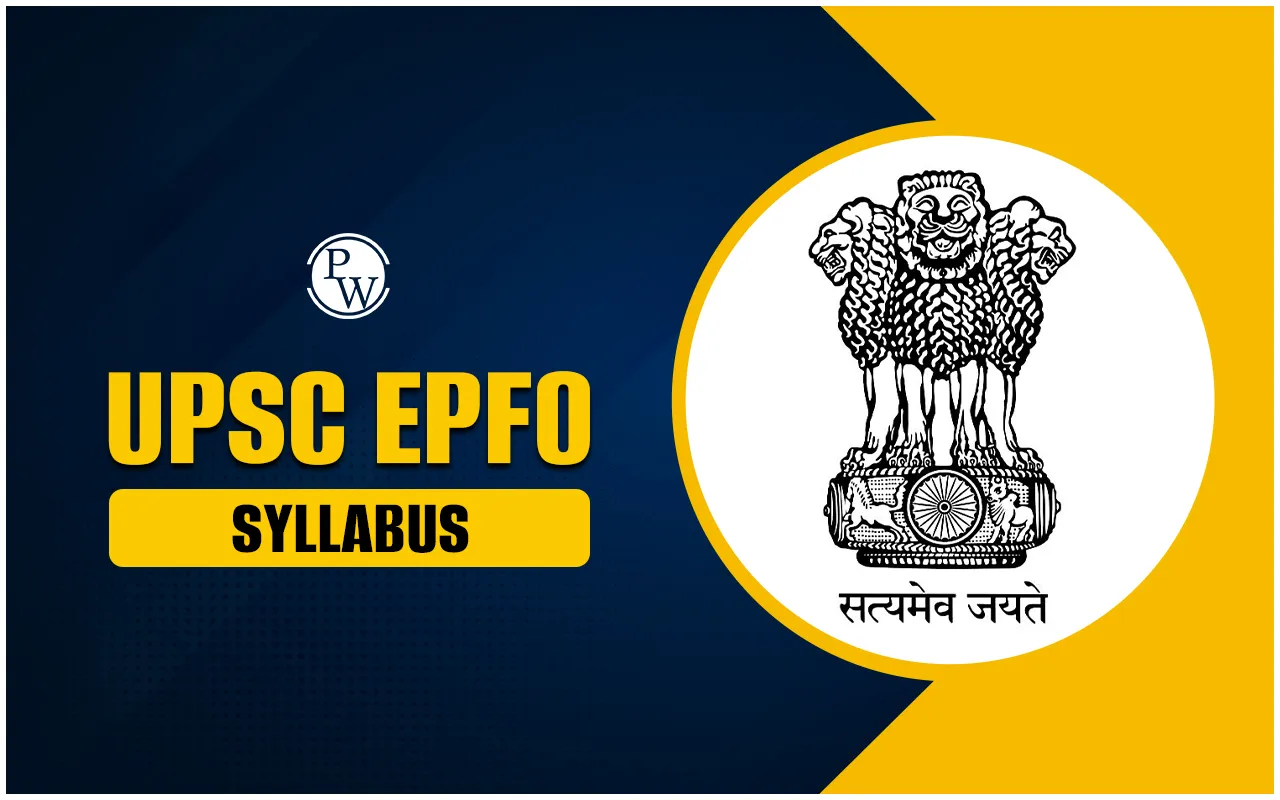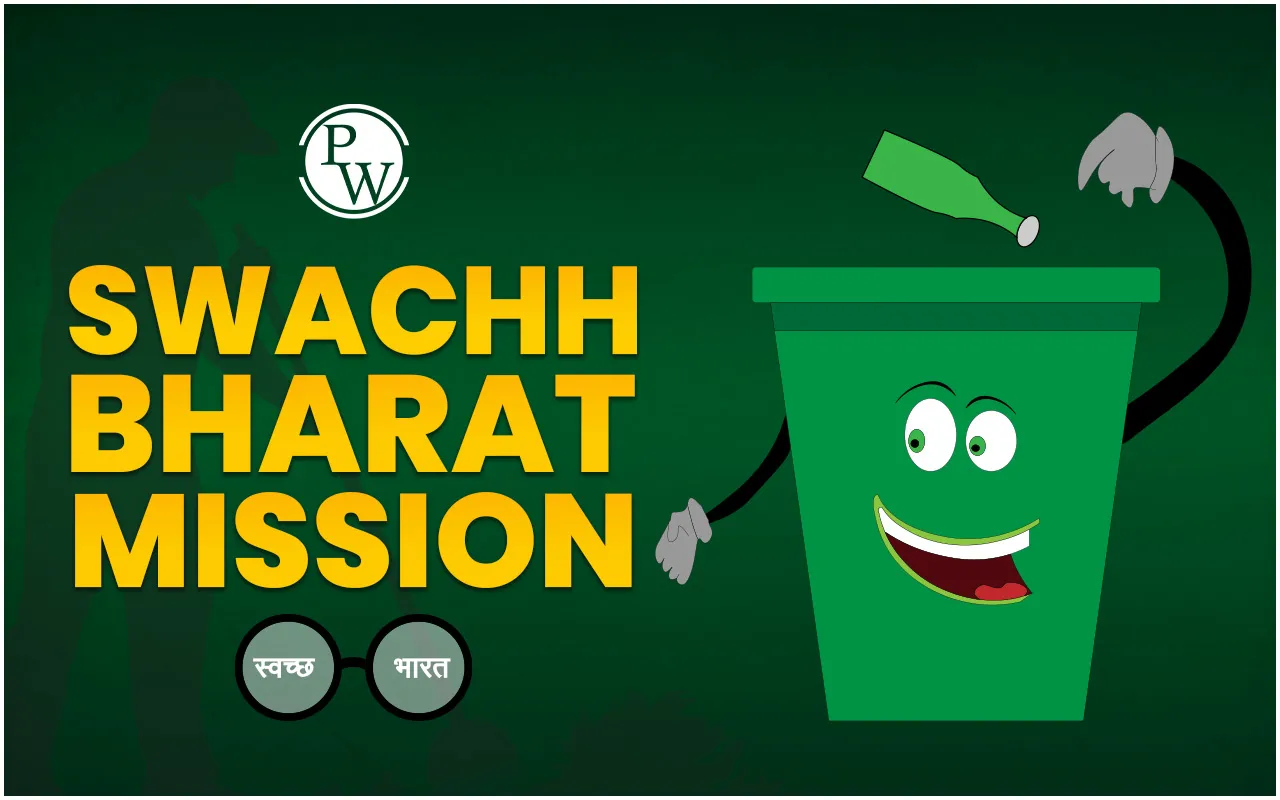
Swachh Bharat Mission (SBM) is a revolutionary initiative aimed at transforming India's journey toward improved sanitation. It was launched in 2014 on the 150th Birth Anniversary of Mahatma Gandhi with the goal of eliminating open defecation and improving sanitation and waste management across the country.
Currently, SBM 2.0, the second phase of the Swachh Bharat Mission, focuses on sustainable sanitation practices in urban areas. Read on to learn more about it!
About Swachh Bharat Mission (SBM)
Swachh Bharat Mission (SBM) is a nationwide campaign launched on October 2, 2014, to promote cleanliness and sanitation across India. The mission aimed to eliminate open defecation, improve waste management, and encourage behavioral change towards hygiene. It was implemented in two components:
-
Swachh Bharat Mission (Gramin)
-
Swachh Bharat Mission (Urban).
The mission sought to ensure universal sanitation coverage, build toilets, and promote sustainable waste management practices. Under SBM, over 100 million toilets were constructed, making India largely open defecation-free (ODF) by 2019. SBM has become a Jan Andolan, encouraging citizen participation through cleanliness drives and campaigns like Swachhata Hi Sewa.
In 2021, the government launched Swachh Bharat Mission 2.0 to focus on solid waste management, liquid waste treatment, and sustaining the ODF status.
Swachh Bharat Mission (Gramin)
Swachh Bharat Mission (Gramin) was designed to improve rural sanitation. It focused on eliminating open defecation and promoting the use of toilets in rural areas. The mission encouraged community participation to ensure long-term sustainability. SBM Gramin successfully mobilized people making it the largest behavioral change movement.
By 2019 over 100 million individual household toilets were constructed and 6 lakh villages were declared Open Defecation Free (ODF). After 2019, Phase II of SBM-G has been launched which:
-
Focuses on maintaining ODF status and expanding solid and liquid waste management across rural India.
-
Aims for 'Sampoorn Swachhata' (Complete Cleanliness).
Credit: https://sbm.gov.in/sbmgdashboard
This phase is supported by an investment of Rs. 1.40 lakh crores to enhance sanitation infrastructure.
Swachh Bharat Mission (Urban)
Swachh Bharat Mission (Urban) aimed to improve sanitation in cities by focusing on waste management, public toilets, and behavioral change. Urban areas faced different challenges compared to rural regions, requiring separate strategies. The SBM mission has two phases:
Phase I (2014-2021):
-
Focused on achieving ODF status in Urban Local Bodies (ULBs).
-
By the end, all ULBs eliminated open defecation:
-
Over 3,900 ULBs achieved ODF+ (functional community toilets).
-
Over 1,400 ULBs achieved ODF++ (effective fecal sludge management).
Phase II (2021-2026):
-
Launched on October 1, 2021, with an expanded focus on garbage-free cities.
-
Aims to institutionalize cleanliness and sustainability in urban management.
-
Establish efficient waste processing facilities and promote source segregation to reduce landfill use.
In the last 10 years since its launch, the Swachh Bharat Mission (Urban) has made significant progress:
Credit:https://sbmurban.org/
Swachh Bharat Mission Objectives
Swachh Bharat Mission had clear goals to improve sanitation and hygiene across India. Some of the main objectives were:
-
End Open Defecation: Ensure every household has a toilet.
-
Promote Hygiene Practices: Encourage the use of toilets and handwashing.
-
Efficient Waste Management: Implement solid and liquid waste management with 100% scientific processing of Municipal Solid Waste.
-
Build Community Toilets: Provide facilities in slums and urban areas.
-
Change Public Mindset: Conduct awareness campaigns on cleanliness.
-
Encourage Private Participation: Involve NGOs and businesses in sanitation projects.
What are ODF+ and ODF++?
ODF+ and ODF++ are advanced sanitation goals introduced under SBM to ensure long-term cleanliness and hygiene.
ODF+ (Open Defecation Free Plus):
-
Ensures no open defecation.
-
Maintains clean and functional toilets.
-
Focuses on public and community toilets.
ODF++ (Open Defecation Free Plus Plus):
-
Includes faecal sludge and wastewater treatment.
-
Ensures safe disposal of liquid waste.
-
Promotes mechanized cleaning of sewage systems
Swachh Bharat Mission 2.0
Swachh Bharat Mission 2.0 was launched in October 2021 to build upon the success of SBM. The focus shifted from toilet construction to sustainable waste management and wastewater treatment.
-
Solid Waste Management: Strengthened waste processing infrastructure.
-
Faecal Sludge Management: Promoted treatment plants for liquid waste.
-
Urban Sanitation Infrastructure: Built mechanized sewer cleaning systems.
-
Behavioral Change: Continued promoting clean habits and hygiene.
-
Financial Support: Provides funding for waste management facilities like Waste-to-Compost and Waste-to-Energy plants.
-
Used Water Management: For the treatment and safe disposal of used water, preventing untreated sewage discharge.
The mission employs annual surveys like 'Swachh Survekshan' to evaluate progress and certify cities as ODF or Garbage Free through third-party assessments.
Swachh Survekshan 2024
Swachh Survekshan is an annual survey launched under SBM to rank cities based on cleanliness and sanitation. The rankings encourage healthy competition among cities to improve waste management and hygiene. Under this survey, Indore has been recognized as India's cleanest city for seven consecutive years.
According to Swachh Survekshan 2024, the following are the top cleanest cities in India:
| Category | Serial Number | City |
| Very Small Cities – < 20,000 | 1 | Panchgani |
| 2 | Patan | |
| Very Small Cities – 20,000 – 50,000 | 3 | Vita |
| 4 | Sasvad | |
| Medium Cities – 50,000 – 3,00,000 | 5 | Ambikapur |
| 6 | Tirupati | |
| Big Cities – 3,00,000 – 10,00,000 | 7 | Noida |
| 8 | Chandigarh | |
| Million Plus Cities – > 10,00,000 | 9 | Indore |
| 10 | Navi Mumbai | |
| 11 | Surat | |
| 12 | New Delhi Municipal Council |
For 2025, the survey started on February 27, 2025, and will conclude on March 31, 2025.
In conclusion, the Swachh Bharat Mission has transformed sanitation in India, making remarkable progress in cleanliness and hygiene. With SBM 2.0 and Swachh Survekshan, India continues to build a sustainable waste management system.
To gain deeper insights into governance initiatives like SBM and prepare for UPSC exams, explore Physics Wallah’s UPSC courses!
Swachh Bharat Mission (SBM) FAQs
What is Swachh Bharat Mission?
What are the main components of the Swachh Bharat Mission?
What is the objective of Swachh Bharat Mission 2.0?
What is Swachh Survekshan?
What is the difference between ODF+, ODF++, and ODF?

